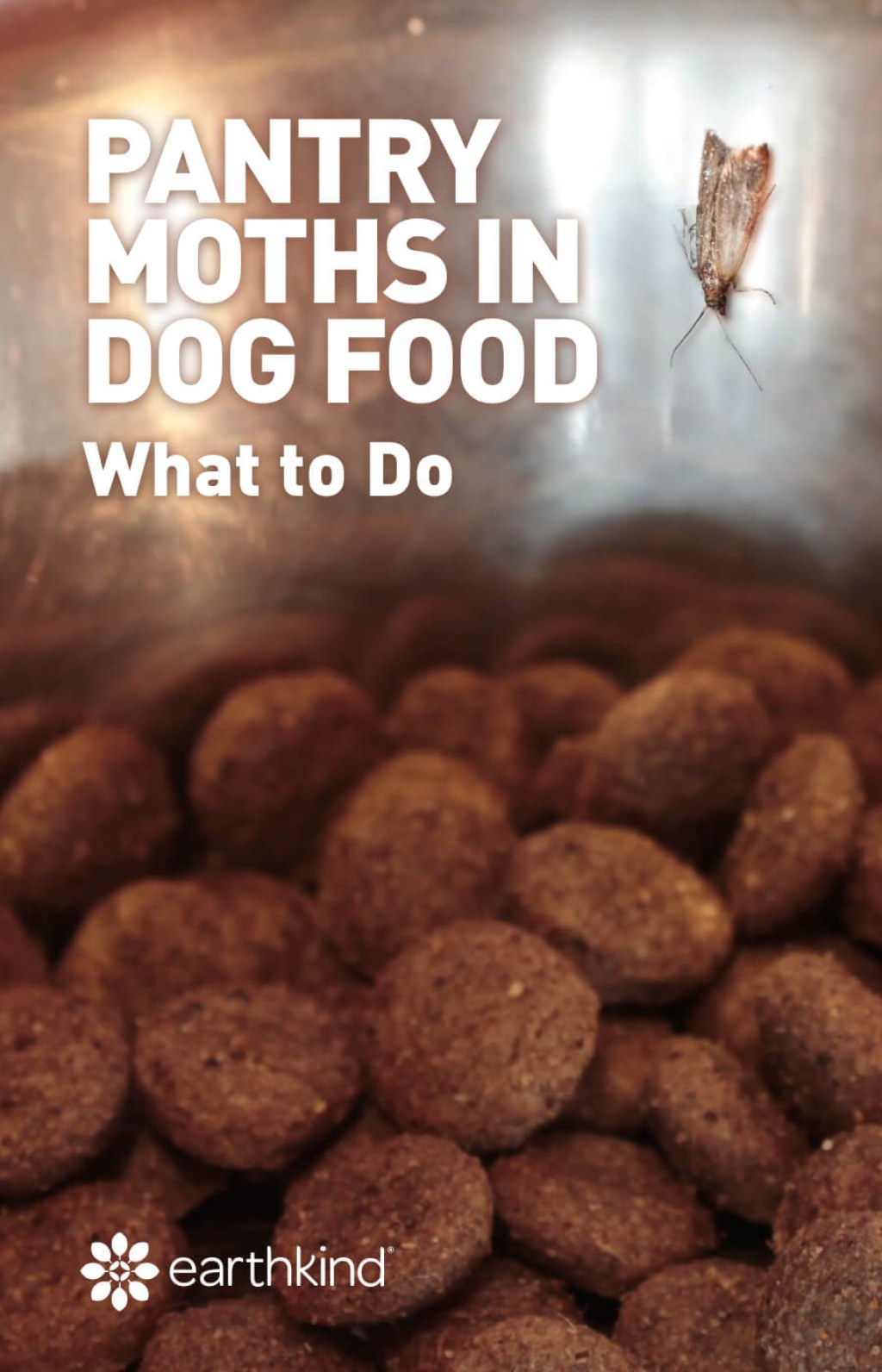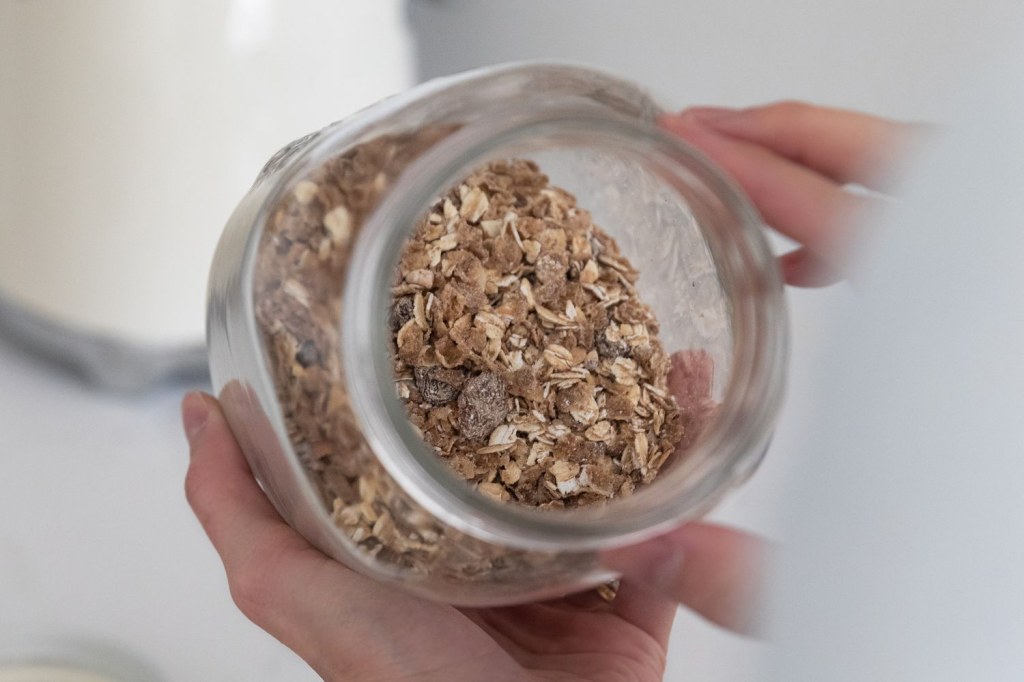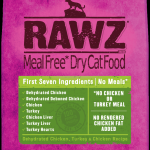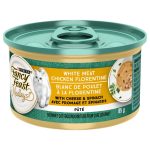Unveil The Menace: Moths In Cat Food!
Moths in Cat Food: A Concern for Cat Enthusiasts
Introduction
Dear Cat Lovers,
3 Picture Gallery: Unveil The Menace: Moths In Cat Food!



Welcome to an informative article that addresses a growing concern in the world of pet food – moths in cat food. As dedicated cat enthusiasts, it is essential to ensure the health and well-being of our feline friends. In this article, we will explore the presence of moths in cat food, the potential risks they pose, and how you can prevent this issue from affecting your beloved cats.

Image Source: earthkind.com
Now, let’s delve into the world of moths in cat food and understand this problem in detail.
What Are Moths in Cat Food?
Moths in cat food refer to the presence of moth larvae or eggs in commercial cat food products. These tiny creatures can infest the packaging or contaminate the food itself, posing potential health risks to your cats.

Image Source: thespruce.com
Moth larvae are attracted to dry cat food due to its composition, containing grains, cereals, and other ingredients that provide an ideal environment for their growth and reproduction.
🔍 Did you know? Moths are attracted to light and heat sources, making them more likely to infest cat food stored in warm and well-lit areas.
Who Is Affected by Moths in Cat Food?

Image Source: adoptandshop.org
Moths in cat food can affect any cat owner who purchases commercial cat food. Whether you buy premium brands or budget-friendly options, the risk of moth infestation exists across the board.
Moth larvae can be present in both opened and unopened cat food containers, making it crucial to inspect the packaging before feeding your cats.
🔍 Did you know? Moths can lay hundreds of eggs, increasing the likelihood of infestation if proper precautions are not taken.
When Does Moth Infestation Occur?
Moth infestation in cat food can occur at any stage, from the production process to storage at retailers and even in your own home. The eggs or larvae may already be present in the raw ingredients used to manufacture cat food or can be introduced during the packaging process.
Once a package is infested, moths can multiply rapidly, leading to further contamination and the potential spread to other uninfested packages.
🔍 Did you know? Moths are most active during spring and summer, making it important to be extra vigilant during these seasons.
Where Do Moths in Cat Food Come From?
The source of moths in cat food can vary. It could be the result of inadequate storage practices during production or transportation, allowing moths to enter the packaging. Poor quality control measures at manufacturing facilities can also contribute to this problem.
Additionally, moths can find their way into cat food stored in homes if proper storage techniques are not followed. Opened bags of cat food, especially those left exposed or not sealed tightly, are susceptible to moth infestation.
🔍 Did you know? Moths can enter your home through open windows or doors, so it’s important to store cat food in airtight containers.
Why Are Moths in Cat Food a Concern?
Moths in cat food pose several risks to the health and well-being of our feline companions. The larvae or eggs can cause digestive issues, leading to vomiting, diarrhea, and loss of appetite in cats. In severe cases, cats may develop allergic reactions or even intestinal blockages if they consume infested food.
Moreover, the presence of moths in cat food indicates poor quality control and hygiene standards in the manufacturing process. It raises concerns about the overall safety and quality of the product.
🔍 Did you know? Moths are attracted to organic matter, including pet hair and dander, which can further contribute to the infestation of cat food.
How Can You Prevent Moth Infestation in Cat Food?
Preventing moth infestation in cat food requires a proactive approach and adherence to proper storage practices. Here are some essential steps you can take:
Inspect packaging: Before purchasing cat food, check for signs of damage, such as small holes or torn packaging, which may indicate the presence of moths.
Seal and store properly: Transfer cat food into airtight containers upon opening to prevent moths from entering. Store these containers in cool, dry areas away from direct sunlight.
Regularly clean storage areas: Keep your storage areas clean and vacuumed regularly to eliminate any potential moth eggs or larvae.
Monitor expiration dates: Ensure that you use cat food before its expiration date to minimize the chances of infestation.
Rotate stock: Follow the first-in, first-out principle when purchasing cat food to ensure older packages are used first.
🔍 Did you know? Using bay leaves or storing food with lavender sachets can act as natural repellents against moths.
Advantages and Disadvantages of Moths in Cat Food
Advantages of tackling moth infestation in cat food:
Improved cat health: By preventing moth infestation, you protect your cats from potential health issues associated with consuming infested food.
Quality control awareness: The presence of moths in cat food urges manufacturers to improve quality control measures, enhancing the overall safety of pet food products.
Disadvantages of moth infestation in cat food:
Health risks: Infested cat food can lead to digestive issues and allergic reactions in cats, affecting their well-being.
Quality concerns: Moths in cat food indicate inadequate quality control and raise doubts about the overall safety and standards of the product.
Financial impact: Discarding infested cat food and purchasing replacements can be costly.
Frequently Asked Questions (FAQs) about Moths in Cat Food
Q1: Are moths in cat food harmful to humans?
A1: While moths in cat food are not directly harmful to humans, they indicate poor quality control measures and can be a source of contamination.
Q2: Can freezing cat food kill moth larvae?
A2: Freezing cat food can help kill moth larvae. However, it’s essential to store cat food in airtight containers to prevent reinfestation.
Q3: Can I still feed my cats if I find moths in their food?
A3: It is recommended to discard any cat food with moth infestation to avoid potential health issues in cats.
Q4: How long does it take for moth larvae to develop in cat food?
A4: The development time of moth larvae in cat food can vary, but it typically ranges from a few weeks to a couple of months.
Q5: Can I prevent moth infestation by freezing unopened cat food?
A5: While freezing unopened cat food can slow down or kill moth larvae, it is still crucial to store the food in airtight containers for long-term prevention.
Conclusion
As caring and responsible cat owners, it is our duty to ensure the safety and well-being of our feline companions. By understanding the risks and taking preventative measures, we can protect our cats from the potential harm caused by moths in their food.
Remember to inspect packaging, properly store cat food, and follow good hygiene practices to mitigate the risk of moth infestation. Regular monitoring and awareness are key to maintaining the quality and safety of the food we provide to our beloved cats.
Final Remarks
Dear Cat Lovers,
This article aimed to provide you with comprehensive information about moths in cat food and the necessary steps to prevent this issue. While every effort has been made to ensure the accuracy and reliability of the information presented, it is crucial to consult with a veterinarian or animal nutritionist for personalized advice specific to your cat’s needs.
Thank you for your dedication and commitment to the well-being of your feline friends.
This post topic: Cats



